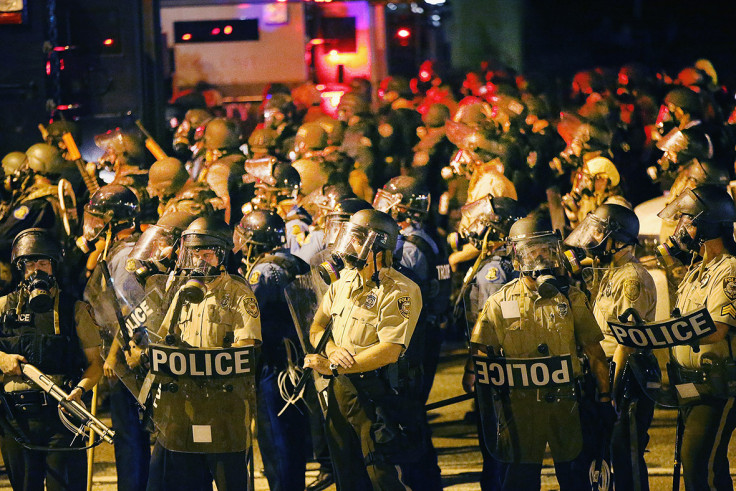Police in North Dakota permitted to fly drones armed with tasers, tear gas and rubber bullets

North Dakota has become the first US state to legalise the police to use drones armed with tasers, tear gas and rubber bullets as part of their law enforcement efforts, even though drone regulations remain largely unyielding and bureaucratic in the country.
The state is one of six official designated test sites in the US where testing of consumer drones is permitted by companies and research institutions that have been granted approval by the Federal Aviation Authority (FAA).
Despite the potential for a burgeoning unmanned aerial vehicles (UAV) industry that many people in the state welcome, the North Dakota Senate was concerned about how the police might seek to use drones for surveillance.
To that end, in April it passed the House Bill 1328, to prevent law enforcement from using information obtained from a UAV to get a warrant or be used in court prosecutions.
The plan to de-weaponise drones that failed
The bill was sponsored by Republican representative Rick Becker, who originally wanted the bill to completely ban any form of weapon from being equipped to a drone used by police, as he feared the police would seek to use drones to fire on suspects remotely, similar to the way military drones are used.
According to documents seen by the Daily Beast, the police had long been arguing that there was no need for the House Bill 1328, as they were already required to inform the FAA whenever they deployed drones anyway. They also argued that autonomous drones were similar to helicopters, from which surveillance can be conducted without requiring a warrant.
So as a compromise, law enforcement lobbyist Bruce Burkett, of the North Dakota Peace Officers Association campaigned and was given permission by the state house committee to amend the bill so that drones were allowed to be equipped with "less than lethal" weapons.
Less than lethal weapons can still kill
However, it is still surprising that the bill was approved, especially in the current climate where the US public and the media have been actively criticising the militarisation of police SWAT teams using army surplus equipment since the Ferguson riots in August 2014 (read: Michael Brown Shooting: What is the LRAD Sound Cannon Being Used on Ferguson Protesters?).

Not only that, but "less than lethal" weapons can actually end up killing people more often than you think. The Guardian has been monitoring the number of people killed by the police, and its statistics show that 39 people have been killed by police tasers so far in 2015.
And, although slightly rarer, a list compiled by the University of Ulster found that during the Northern Ireland riots between 1972 to 1984, there were 17 people shot by police forces using rubber or plastic bullets, who ended up dying either immediately or a few days after the incident.
Rubber bullets can cause bone fractures and injuries to internal organs, and the UK has stopped using them in favour of plastic bullets, however, rubber bullets are still used by many police forces around the world.
"When you're not on the ground, and you're making decisions, you're sort of separate –depersonalised," Becker said at a hearing in March. "[This amendment to House Bill 1328 is] one I'm not in full agreement with. I wish it was any weapon. In my opinion there should be a nice, red line: Drones should not be weaponised. Period."
© Copyright IBTimes 2025. All rights reserved.






















